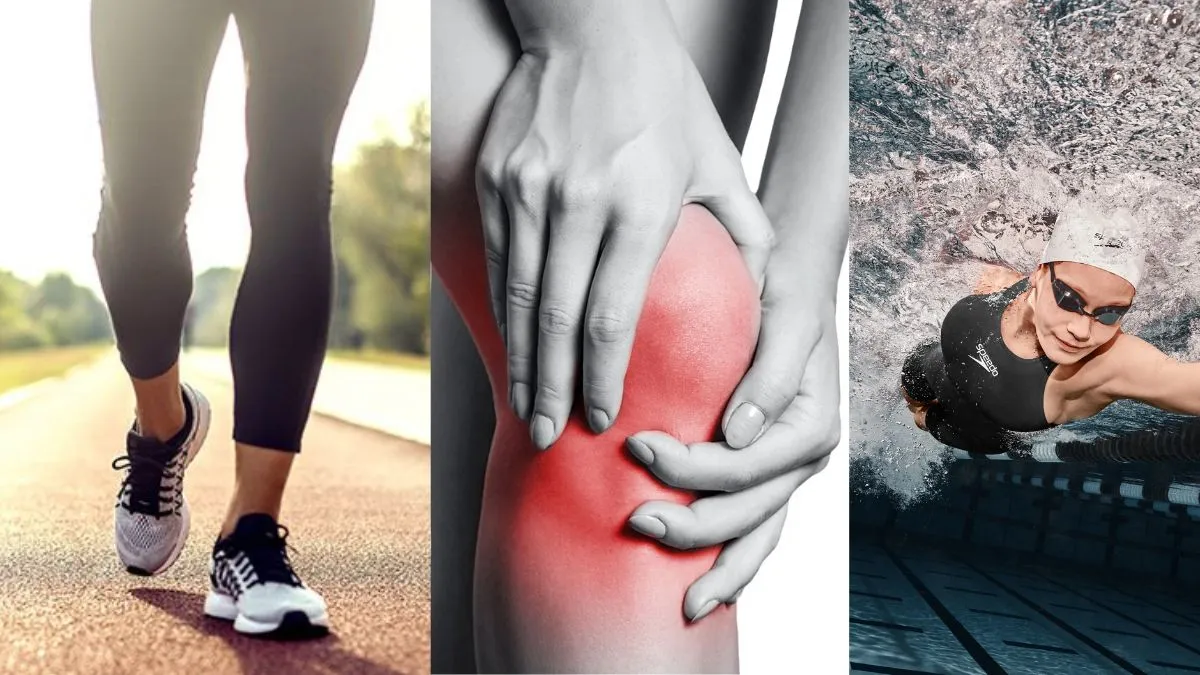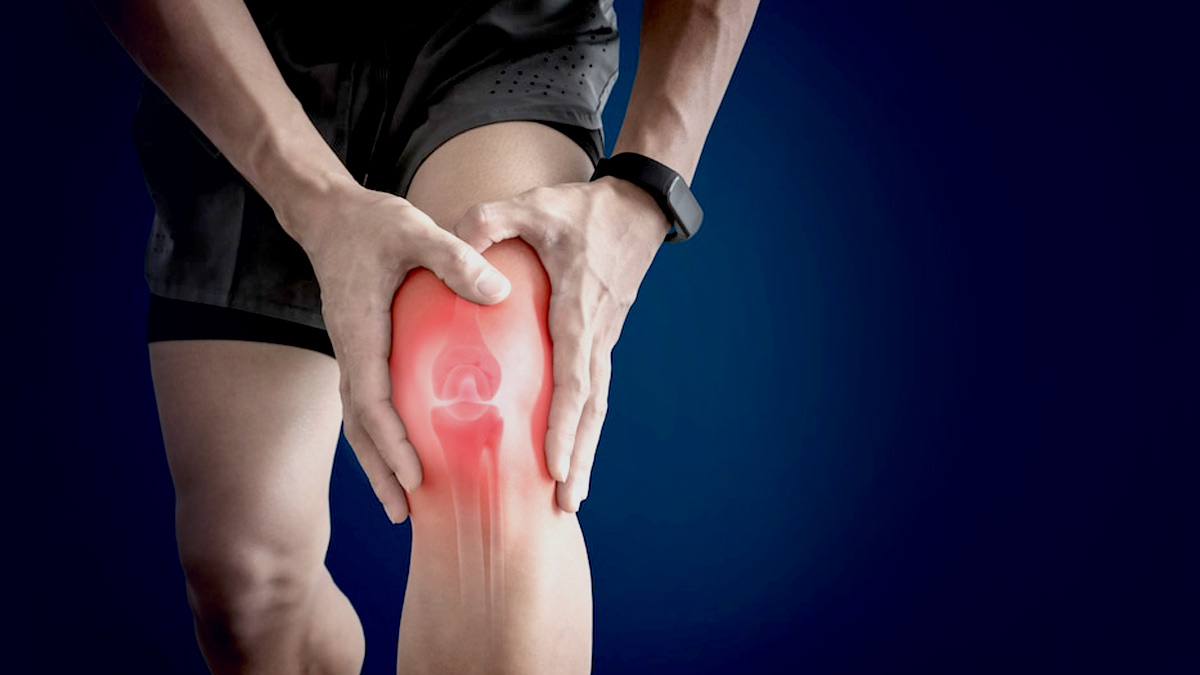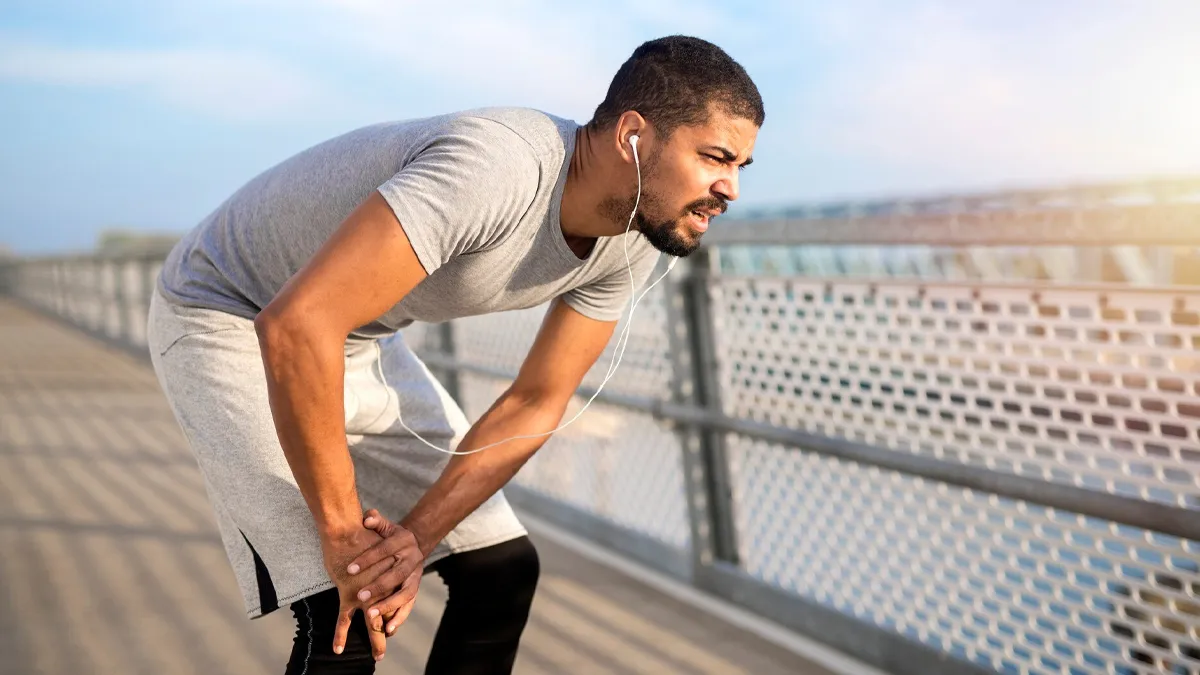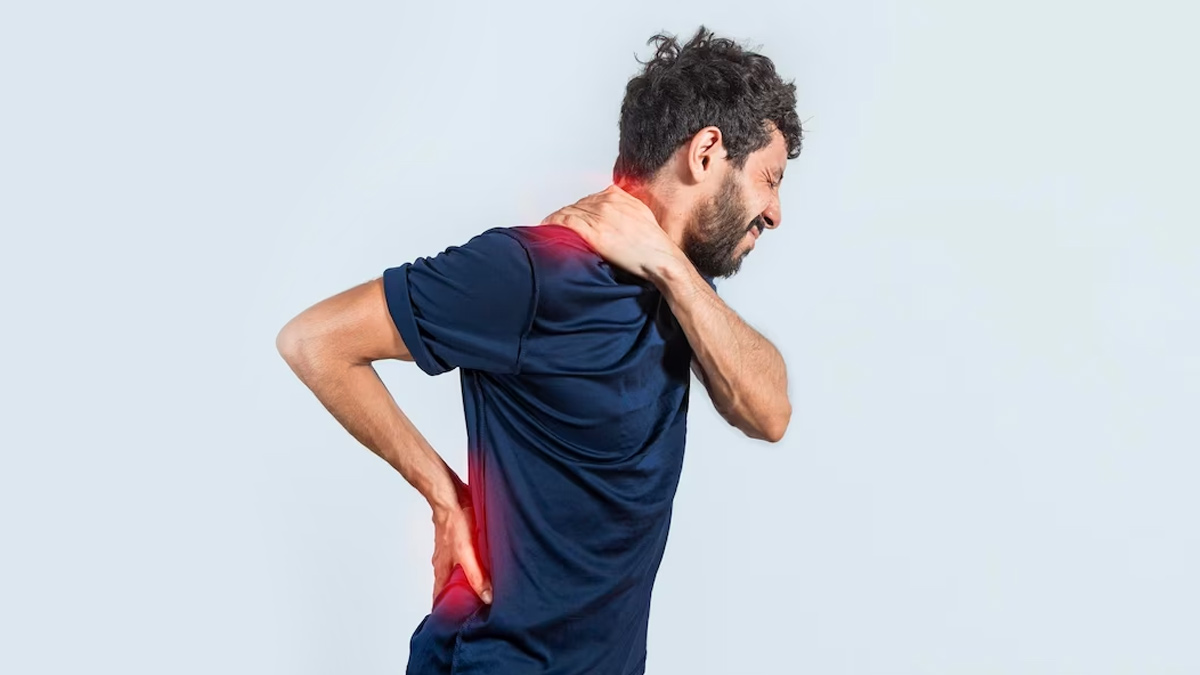
Knee pain from osteoarthritis is a common complaint, especially among older adults. The natural instinct when suffering from knee pain is often to rest the joint, but new research suggests that movement is actually the best remedy. Low-impact aerobic exercises like walking and swimming may reduce pain and improve knee function faster than simply resting. It suggests that movement and not prolonged rest may be the key to easing knee pain. Read ahead to know more about the findings of the research.
Table of Content:-
What the Study Revealed![]()
A comprehensive study published in The BMJ analysed 217 randomised trials involving more than 15,600 people with knee osteoarthritis over several decades. Researchers found that aerobic exercises, including walking, cycling, and swimming, significantly reduced pain and improved joint mobility within just 12 weeks.
Here are the key findings:
- Aerobic activities (walking, cycling, swimming) showed the highest probability of being the best intervention for pain relief and improved function.
- Benefits were evident at short-term (4 weeks), mid-term (12 weeks) and up to 24 weeks.
- Other exercise types (strengthening, flexibility, mind-body) did help, but not as consistently as aerobic ones.
- Importantly, none of the exercise types showed a higher risk of harm than doing nothing — meaning exercise was safe for most people.
These results suggest that “motion is lotion” for arthritic knees, as keeping the joint moving helps more than sitting still.
ALSO READ: Dark Knuckles, Knees, or Elbows Making You Self-Conscious? Here’s What You Can Do
How Movement Heals Knee Pain![]()
Scientists emphasise the phrase, “motion is lotion,” to describe how movement stimulates the production of synovial fluid in joints. This fluid lubricates the knee, reducing stiffness and easing discomfort.
Dr Bin Wang, orthopaedic surgery professor and study co-author, explains, “Low-impact activities like walking and swimming stimulate joint lubrication without the high pressure that can exacerbate symptoms.” Walking and swimming also strengthen thigh and hip muscles, improving the knee’s support and distributing weight more evenly, which lowers joint stress.
Benefits of Aerobic Exercises for Knee Osteoarthritis
- Boost joint lubrication
- Reduce pain and swelling
- Improve muscle strength supporting the joint
- Enhance walking ability and balance
- Increase overall quality of life
How to Incorporate Good Movement Into Your Routine
Want to use this research to ease knee pain? Here are some practical tips:
- Start slow: Begin with 10-15 minutes of walking or swimming and build up.
- Choose low-impact activities: Swimming or cycling reduces joint load compared to jumping or running.
- Keep it consistent: Aim for 3-5 sessions a week rather than one long session.
- Combine with muscle support: After aerobic activity, include light strengthening for the hips and thighs.
- Listen to your body: Discomfort is okay, but sharp pain means stop and rest.
- Seek guidance: If you have severe OA or other conditions, consult a physiotherapist or doctor before starting.
These steps reflect the study’s suggestion that aerobic exercise should be “first-line” for knees with osteoarthritis.
When Rest Might Still Be Needed![]()
This doesn’t mean rest has no role. For example:
- During a flare-up where pain and swelling are high, short rest plus ice may reduce inflammation.
- After surgery or injury, guided rest and rehabilitation are essential.
- If your doctor advises rest because of another condition (e.g., severe cardiovascular issue), follow the medical advice.
- The key message: after the acute phase, staying relatively active is usually better than long-term inactivity.
ALSO READ: Flat Feet, Knock Knees, and Bow Legs in Kids: What’s Normal and When to Worry
Conclusion
If you’re struggling with knee pain from osteoarthritis or another source, the latest research says: don’t just sit it out. Walking, swimming or cycling on a regular basis can bring real relief of pain and improve how you move. By choosing low-impact aerobic activity, staying consistent and combining with muscle support, you give your knees a better chance at recovery and long-term health.
Also watch this video
How we keep this article up to date:
We work with experts and keep a close eye on the latest in health and wellness. Whenever there is a new research or helpful information, we update our articles with accurate and useful advice.
Current Version
Oct 23, 2025 12:35 IST
Published By : Vivek Kumar


